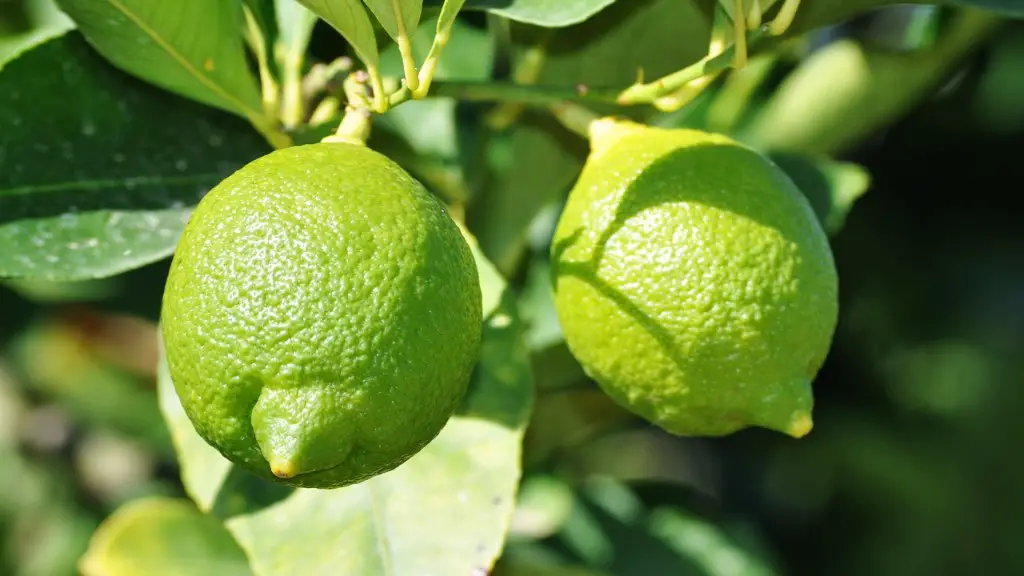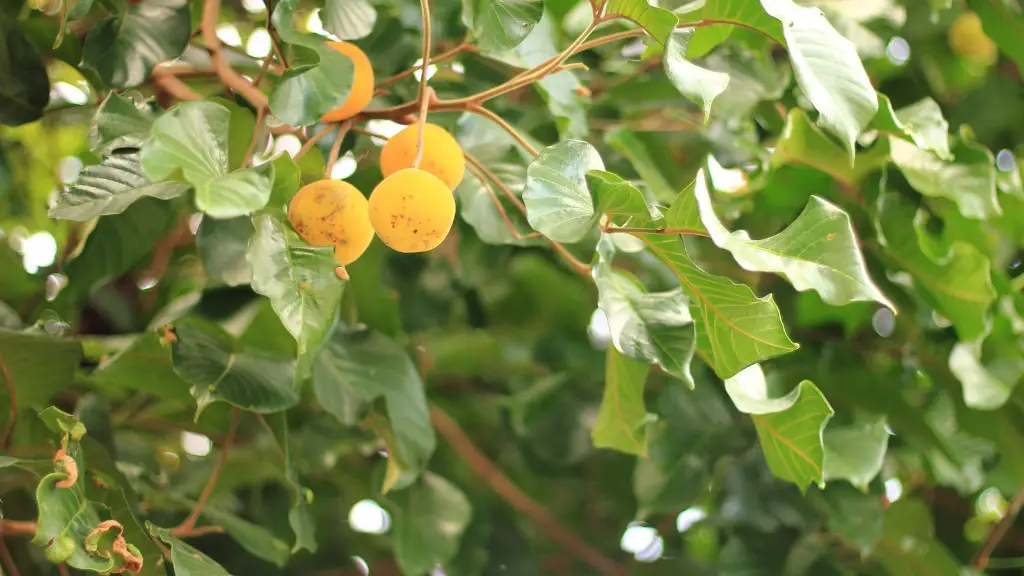A palm tree is a tropical or subtropical tree that typically has a single, unbranched stem with leaves that are arranged in a spiraling pattern at the top of the stem. Palm trees can grow to be very tall, and some species can grow to be over 100 feet tall. While palm trees typically grow in the ground, it is possible for them to grow in pots. When growing a palm tree in a pot, it is important to choose a pot that is large enough to accommodate the tree’s root system, and to provide adequate drainage. Palm trees need to be well-watered, but they can tolerate periods of drought. They also need to be fertilized regularly.
Yes, a palm tree can grow in a pot.
How big will a palm tree grow in a pot?
If you’re looking for a palm to grow in a container, you have two options: rhapis humilis and rhapis excelsa. Both are lovely options, but excelsa will grow taller, reaching up to 6 feet at maturity. Whichever you choose, you’re sure to enjoy the beauty of these palms in your home.
If you’re looking for a pot for your majesty palm, you have a few different options. You can choose from plastic, ceramic, or terracotta. Keep in mind that terracotta will wick moisture from the soil. This can be a good thing if you have a heavy hand with the watering can, but it can also dry your palm out too quickly. Keep close tabs on your majesty palm’s soil if you use a terracotta pot.
How long do potted palm trees last
When selecting a palm tree for your home or garden, it is important to consider the average lifespan of the tree. Most palm trees have an average lifespan of 7 to 8 decades, but some species only live for forty years, while others can live up to 100 years. This entirely depends on the species of palm tree, so it is best to research the different types before finalizing on a specific one.
Palms are a type of tree that come in a wide range of light requirements. Some palms need very sunny windows or supplemental lights when grown in pots indoors, while others do better in shady garden spots. It is important to research the specific light requirements of the palm you are interested in before planting or potting it.
Do palms need deep pots?
When it comes to potting mixes, there is no one-size-fits-all solution. In general, palms prefer deep pots to shallow ones, so you may want to start seedlings in small pots and repot them over the seasons in progressively larger containers. Some growers also prefer to use a potting mix that is slightly acidic, while others prefer a neutral or slightly alkaline mix. Ultimately, it is up to the grower to experiment and find the potting mix that works best for their particular plants.
The Trachycarpus wagnerianus palm is a popular choice for those looking to add a touch of the tropics to their home or garden. These palms are known for their ability to stay relatively small in size, even when planted in the ground. This makes them a great choice for those who want to add a bit of greenery to their space without taking up too much room.
Can potted palm trees survive winter?
Acclimating palms to cold temperatures by keeping them in a pot the first winter and placing them in an attached garage is a great way to protect them from the elements. Choose a planting spot that is sheltered from harsh winds, preferably with a south-facing exposure, to give your palms the best chance to thrive.
Plants need water to grow and develop. Most plants thrive when the soil is moist and there is plenty of water available. Palm trees are no different. They need moist soil and plenty of water to thrive.
How cold can a potted palm tree survive
Palm trees are one of the few trees that can’t survive in cold temperatures. The lowest recorded temperature that a palm tree can survive is five degrees Fahrenheit. The reason why they won’t survive below this temperature is that plants are primarily just water. Extremely cold temperatures can result in foliage damage.
If you have a tree with leaves that have brown tips, it is important to assess the situation to see if the leaves can be saved. If the leaves are only lightly browned, they may just be stressed and with proper care, they can recover. However, if the leaves are fully brown, dead, or dying, it is acceptable to trim them off. As with any tree, you never want to trim too many leaves at one time to avoid over-stressing the tree.
Can potted palms live outside?
Palm houseplants are tropical plants that can prosper in hot, humid climates. If you live in an area with these conditions, you can plant your palm outside. It will need a lot of water and sunlight, as well as extra nutrients. Be sure to keep an eye on your palm and give it the care it needs, and it will thrive in its new environment.
If you are looking for a palm houseplant that can tolerate low light, there are a few options available. Bright indirect light is best for these plants, but they will tolerate less light, especially during the winter. Just be sure to not put them in complete darkness, as they will not survive in that environment. If there is no natural light in the room, you will definitely need to add a grow light.
How often do you water a potted palm tree
A new indoor Palm Tree should be watered every day in its first week. Next, move to every other day in its second week. Then settle for 3 times a week on the third. Once your indoor Palm Tree is completely settled, water it 2-3 times per week, or when the top 1-2 inches of the soil is completely dry.
This palm fertilizer is easy to use and contains the ideal NPK ratio for healthy palm fronds. It also contains manganese, magnesium, and iron for extra nutrient support. reapply every 6 weeks for best results.
How often do you water palm plants?
When planting a palm in your garden, it is important to water the tree regularly for the first few weeks. After the first week, water every other day. After that, plan to water two or three times a week.
If you want to avoid direct sun, keep your palm in partial shade or in an area that only receives indirect sunlight. This will help prevent the leaves from burning or getting brown leaf tips.
Conclusion
Yes, a palm tree can grow in a pot.
Yes, a palm tree can grow in a pot if the pot is big enough and has good drainage.




